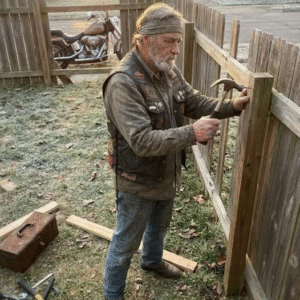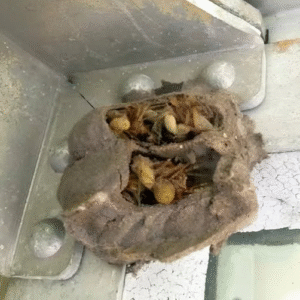For months, a young mother had sensed something was wrong in her home. Her husband, once warm and attentive, had grown distant. Laughter no longer filled the rooms, and conversations had become brief and distracted. He spent hours on his phone, barely acknowledging her presence, and even less time connecting with their two-year-old daughter. What initially seemed like exhaustion slowly turned into avoidance, and the mother’s unease grew.
Despite her doubts, she appreciated the way he cared for their daughter on weekends. But she couldn’t shake the feeling that something was off. Their child, once lively and talkative, had become hesitant and withdrawn, clinging to her mother more often than before. Concerned, the mother decided to install a small hidden camera in the living room. She didn’t want to spy out of anger—she wanted understanding, clarity about what was happening when she wasn’t around.
That evening, after putting her daughter to bed, she reviewed the footage. At first, it seemed normal: her husband scrolling through his phone, their daughter playing quietly on the floor. Then she noticed subtle shifts. The little girl paused mid-play, staring at the hallway as if sensing something invisible. Her father’s face changed, his warmth replaced by a hollow, distracted stare. No harsh words were spoken, no overt conflict occurred—but the emptiness in his eyes revealed the truth. The emotional distance she had feared was real, and it had been quietly affecting her child.
Shaken but resolute, she shared her concerns with her husband. Over the next weeks, they sought counseling together. The footage, though painful, became a turning point. It helped them recognize the impact of neglect, even unintentional, and the ways their routines had created an invisible barrier between them. By acknowledging the problem early, the mother saved more than her peace of mind—she preserved the bonds of her family. Her instincts had been right all along. The hidden camera revealed not a dramatic betrayal, but the quiet truth: emotional neglect can be as harmful as any visible wound, and noticing it in time can make all the difference.





